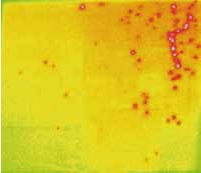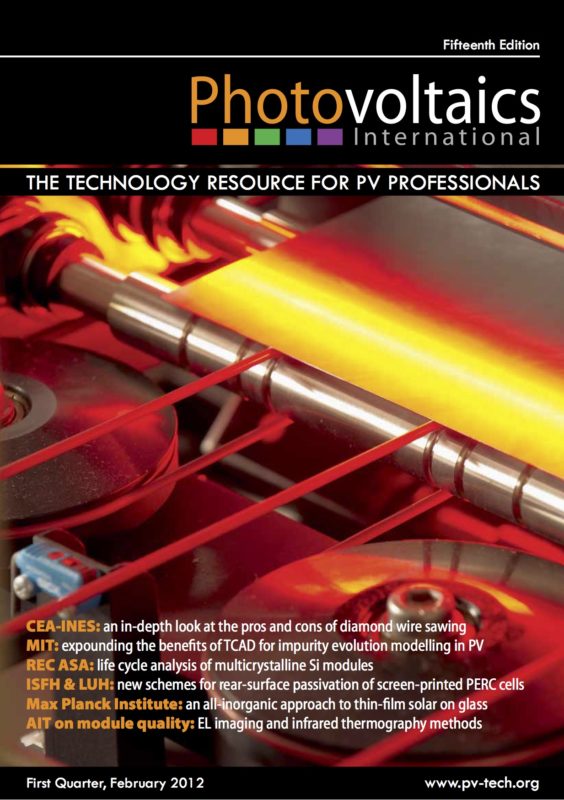By Shokufeh Zamini, Energy Department, Austrian Institute of Technology (AIT); Rita Ebner, Scientist and Project Manager, Energy Department, Austrian Institute of Technology (AIT),; Gusztáv Újvári, Engineer, Energy Department, Austrian Institute of Technology (AIT); Bernhard Kubicek, Austrian Institute of Technology (AIT)
Non-destructive methods for measuring photovoltaic modules are discussed in this paper, with the aim of comparing different quality-assurance methods for different module technologies (e.g. crystalline and thin-film technologies: a-Si, CdTe, CIS). For a complete quality control of PV modules, a combination of fast and non-destructive methods was investigated. In particular, camera-based measurements, such as electroluminescence (EL) and infrared (IR) technologies, offer excellent possibilities for determining production failures or defects in solar modules, which cannot be detected by means of standard power measurements. These methods are applied effectively in quality control and development support, and EL is already an important characterization tool in industry and research. Most short circuits reduce the voltage in their surrounding area and appear dark in EL images. However, as this failure is not always critical and apparent, short circuits are only precisely identifiable in combination with IR measurements. Therefore, to quickly detect at high resolution the most common defects in a PV module, a combination of EL and IR measurements is advisable.



